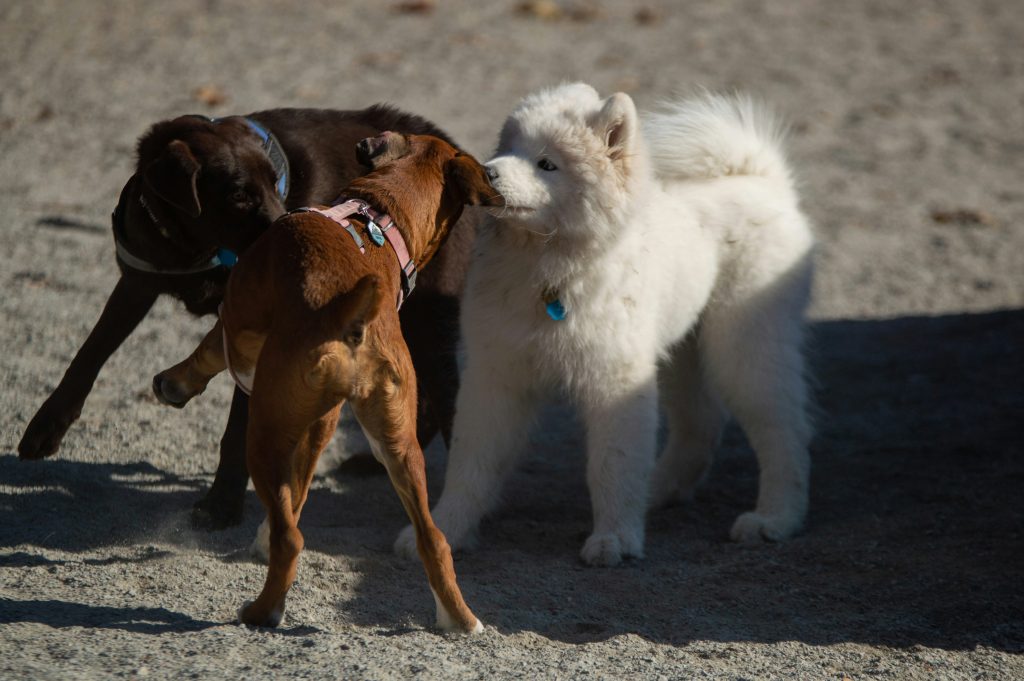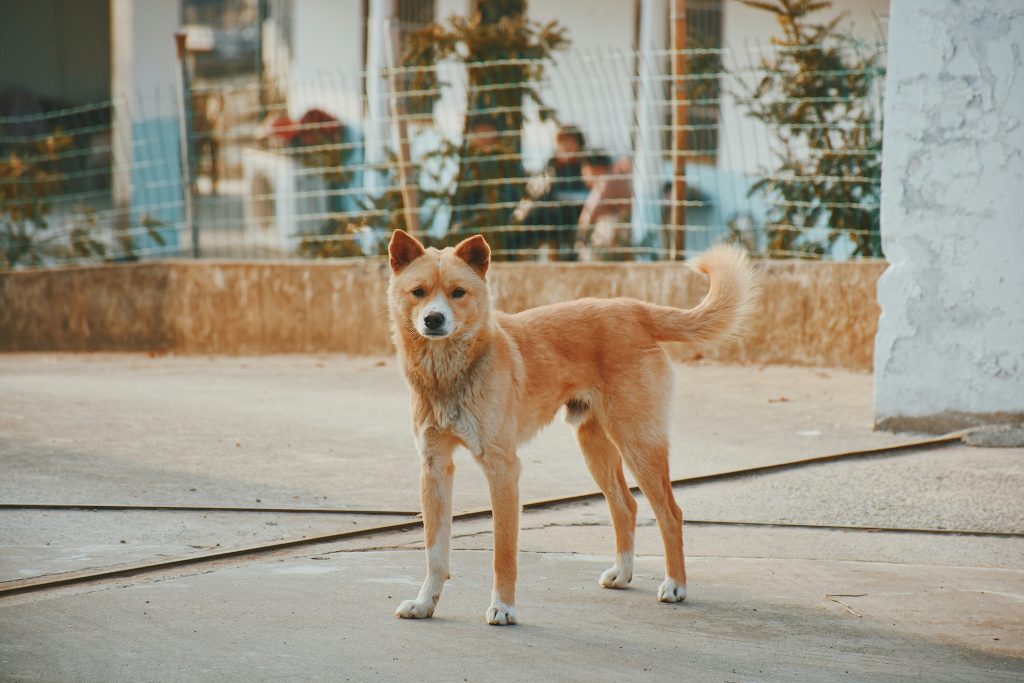The Role of Tail Wagging in Dog Communication
When most people see a dog wagging its tail, they assume it means the dog is happy. But tail wagging is much more complex than just a “happy meter.” It’s a nuanced communication tool that conveys excitement, stress, confidence, uncertainty, or even warning. By observing the position, speed, and direction of a wag, you can better interpret what your dog is trying to express.
In this post, we’ll break down what your dog’s tail movements really mean—and how to read those wags in context.
Tail Wagging Is Not Always Joyful
Tail wagging is simply a sign of arousal or stimulation—not necessarily positive emotion. A dog may wag its tail when:
-
Greeting a friend
-
Meeting a stranger
-
Guarding a toy
-
Feeling unsure
-
Preparing to fight or flee
The key is how the tail is wagging, not just that it’s wagging at all.
Understanding Tail Position
A dog’s tail position relative to its body reveals a lot about its current mood or intention.
1. High and Stiff
-
Indicates alertness, dominance, or confidence
-
May precede assertive or aggressive behavior
-
Watch for a stiff body and hard stare in combination
2. Neutral (Level with the Back)
-
Relaxed and confident
-
Often seen when a dog is calm or curious
-
This is the “baseline” for many dogs
3. Low or Tucked
-
Sign of fear, anxiety, submission, or uncertainty
-
If the tail is tucked between the legs, the dog may be feeling threatened or overwhelmed
4. Tail Carried Over the Back (Common in Some Breeds)
-
Normal posture for breeds like Pomeranians or Akitas
-
In other dogs, it can signal confidence or excitement
Tail Wag Speed and Motion
Wagging speed and style also tell a story.
1. Fast, Wide Wagging
-
Generally indicates excitement or happiness
-
Usually paired with loose, wiggly body language
2. Slow Wagging
-
May show uncertainty or hesitation
-
Dogs might be unsure about a person or situation
3. Short, Quick Wags
-
May signal mild excitement or alertness
-
Sometimes seen when a dog is evaluating a new situation
4. Tail Wagging to the Right vs. Left
-
Right-biased wagging: More positive or relaxed feelings
-
Left-biased wagging: More negative or anxious emotions
Yes—dogs do have a “tail bias”!
Tail Wag Context Matters
Just like human body language, tail wagging must be interpreted within the broader context of the dog’s overall behavior and environment. For example:
-
A high, fast wag with tense posture may mean agitation or alertness—not friendliness.
-
A low, slow wag with a crouched posture can indicate nervousness.
-
A wide wag with a loose, bouncy body often means your dog is thrilled to see you.
Pair tail behavior with cues like ear position, facial expression, and body tension for the full picture.
Breed Differences
Tail position varies between breeds. For example:
-
Greyhounds and Whippets often carry their tails low even when relaxed.
-
Huskies and Shiba Inus curl their tails over their backs.
-
Boxers or Dobermans with docked tails may show less visible wagging—watch their entire body instead.
Know your dog’s natural tail posture to more accurately read changes.
Misconceptions About Wagging
❌ Myth: A wagging tail means a friendly dog.
✔️ Truth: Tail wagging indicates arousal—it could be positive or negative.
❌ Myth: All dogs wag the same way.
✔️ Truth: Tail length, breed, and personality all affect how a dog wags its tail.
Training Tip: Reinforce Calm Tail Behavior
Use your knowledge of tail cues to support training and behavior shaping:
-
Reward calm, friendly wagging during socialization
-
Redirect if the tail is high and stiff during play (to prevent escalation)
-
Recognize stress signs (like tucked tails) and remove your dog from uncomfortable situations
Conclusion
A wagging tail is one of the most recognizable and misunderstood aspects of canine communication. While a happy wag certainly exists, not all wagging means joy. By looking closely at tail height, speed, direction, and accompanying body language, you can become fluent in what your dog is really saying—helping you create a safer, more empathetic connection.



